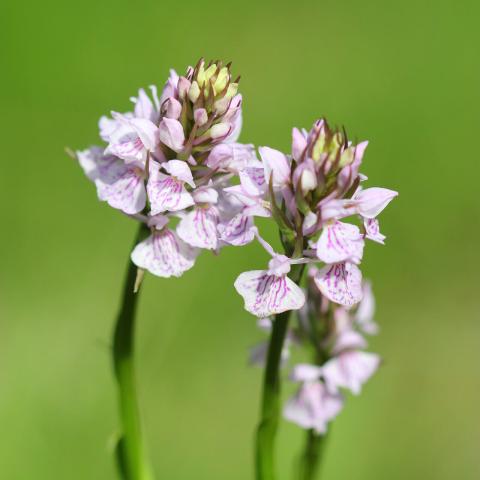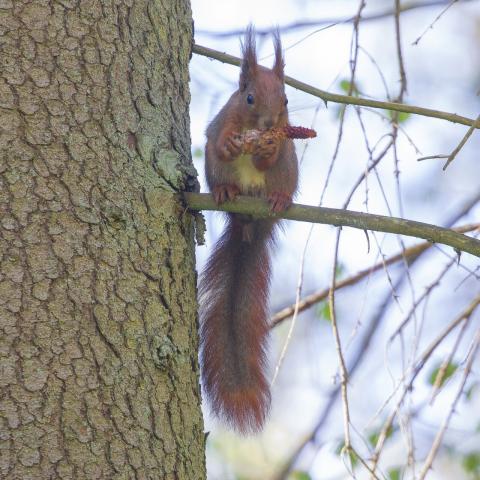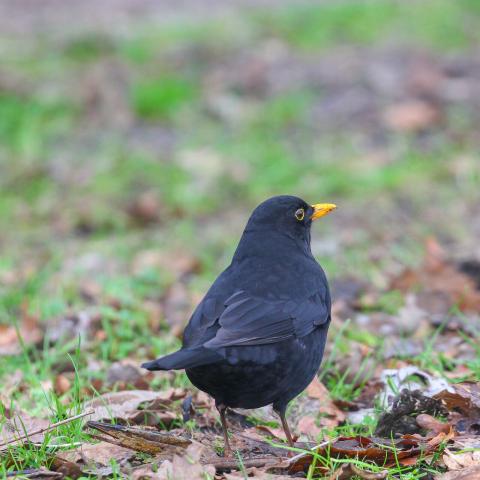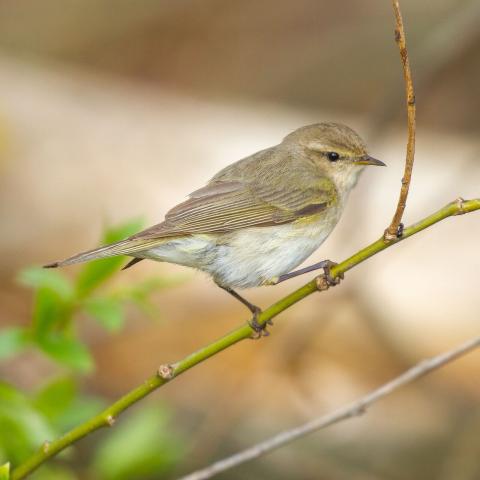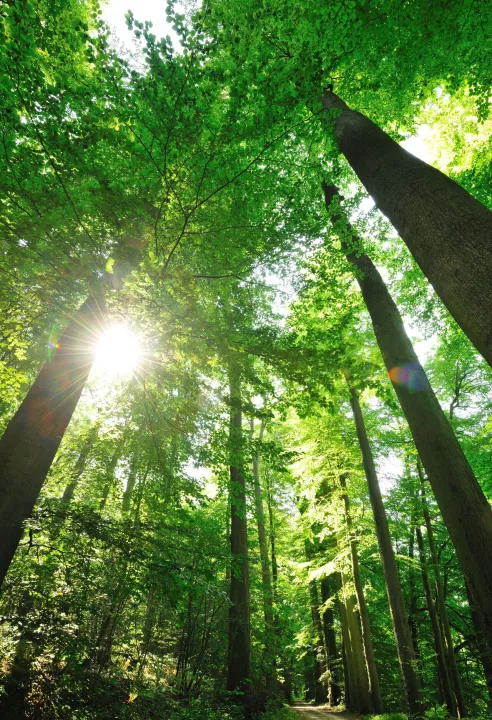Just 10 kilometers from the Grand Place of Brussels you will find one of the largest forest areas in Belgium. This vast forest unites the three regions of our country, covers an area of 4,421 hectares, has trees that are more than 200 years old and is a home to many animals. Walk among the stately beech trees in the vast Sonian Forest and you almost forget that busy Brussels is nearby. The best protected parts of the Sonian Forest are part of the UNESCO World Heritage List, as part of a group of a total of 94 exceptional beech forests in 18 European countries.
Walking under those cathedrals of trees is very impressive. The dense canopy of the beeches ensures that very little sunlight penetrates to the ground during the summer. As a result, there is little shrub growth, but it is by no means a 'bare forest'. Ferns feel very much at home there and in more light places grow carpets of wood anemones, bluebells, soft white bulb and millet grass. Under the oaks you will find a richer herb layer, consisting of celandine, woodruff, primrose and yellow dead-nettle... In the Sonian Forest you can even discover rare plants such as cranberry, sweet woodruff, rapunzel and some wild orchids.
The vastness of the Sonian Forest offers living space for many animals. During the glorious hunting parties of the former elite, deer, wild boar and wolf were still hunted. Today there are still about 80 deer. For them, the cutthroat traffic and stray dogs are a particular threat. The wolf already disappeared there in the course of the 19th century. Foxes and wild boars found their way to the forest again.
Small predators such as polecat, stoat and weasel can only be observed sporadically, because they hide during the day. Hares and pheasants are becoming rare because the fields around the forest, their feeding grounds, are disappearing. Wild rabbits and red-brown European squirrels, on the other hand, feel comfortable in the forest.
Of course there are also a lot of birds. Crows, magpies, jays, starlings and blackbirds fly through the air, while songbirds such as the garden warbler, blackbird, willow warbler, chiffchaff and wren prefer the shrubs.
There is not just one, but there are three Bioblitzes in N2000-areas where the Sonian Forest is part of:
- La Forêt de Soignes avec lisières et domaines bois
- Vallées de l'Argentine et de la Lasne
- Zoniënwoud
Click here to visit the English website of Sonian Forest
Click here for more information about the Sonian Forest!
Click here to go to the central Bioblitz page on Observation.org for Biodiversity Week
Click here to install Obsidentify.
Photo: Yves Adams (Vilda)
